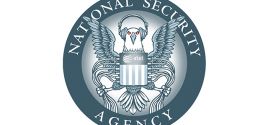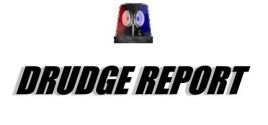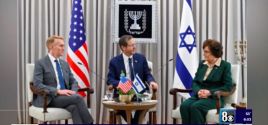The Scene of the CrimeA reporterís journey to My Lai and the secrets of the past.Seymour M. Hersh Mar. 26, 2015 |
Popular 
John Hagee Cheers Israel-Iran Battle as 'Gog and Magog War,' Will Lobby Congress Not to Deescalate

Patriot ACT on Steroids: FISA Bill Forces 'An Enormous Range' of Businesses to Act as NSA Spies

Right-Wing Media See Traffic Plummet in Wake of Algorithm Changes by Facebook, Google

Israel to Extend Water Agreement With Jordan 'For Helping Shoot Down Iranian Drones'

Congress Introduces ADL-Backed 'Countering Antisemitism Act' to Police Online Speech
 There is a long ditch in the village of My Lai. On the morning of March 16, 1968, it was crowded with the bodies of the deadódozens of women, children, and old people, all gunned down by young American soldiers. Now, forty-seven years later, the ditch at My Lai seems wider than I remember from the news photographs of the slaughter: erosion and time doing their work. During the Vietnam War, there was a rice paddy nearby, but it has been paved over to make My Lai more accessible to the thousands of tourists who come each year to wander past the modest markers describing the terrible event. The My Lai massacre was a pivotal moment in that misbegotten war: an American contingent of about a hundred soldiers, known as Charlie Company, having received poor intelligence, and thinking that they would encounter Vietcong troops or sympathizers, discovered only a peaceful village at breakfast. Nevertheless, the soldiers of Charlie Company raped women, burned houses, and turned their M-16s on the unarmed civilians of My Lai. Among the leaders of the assault was Lieutenant William L. Calley, a junior-college dropout from Miami. Read More |



